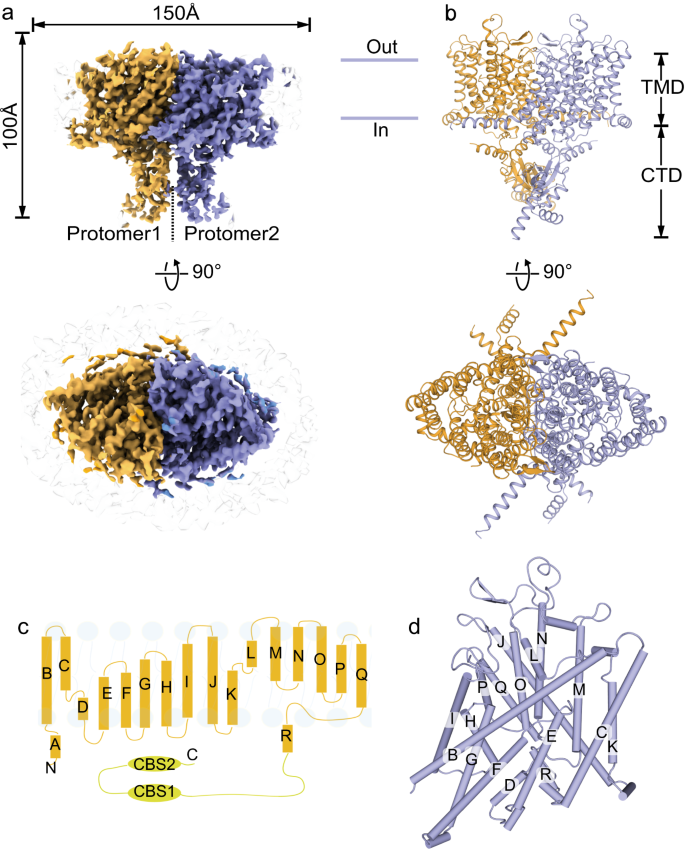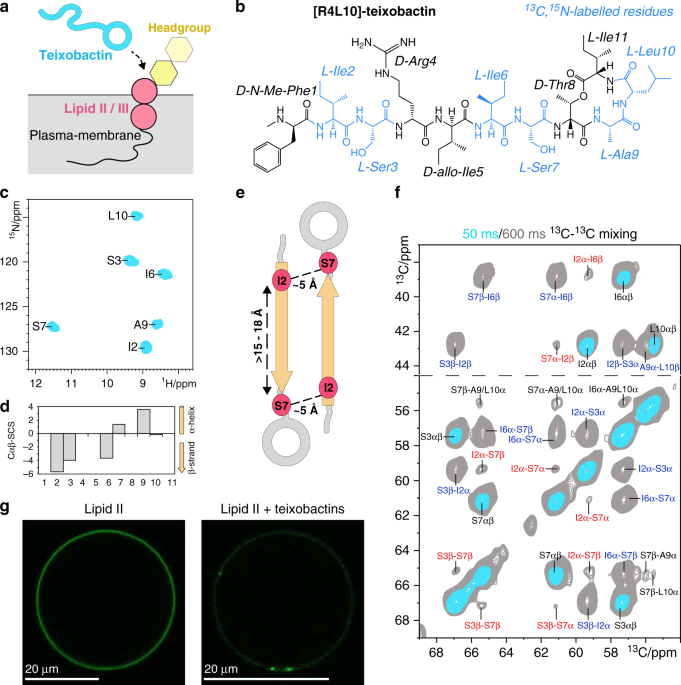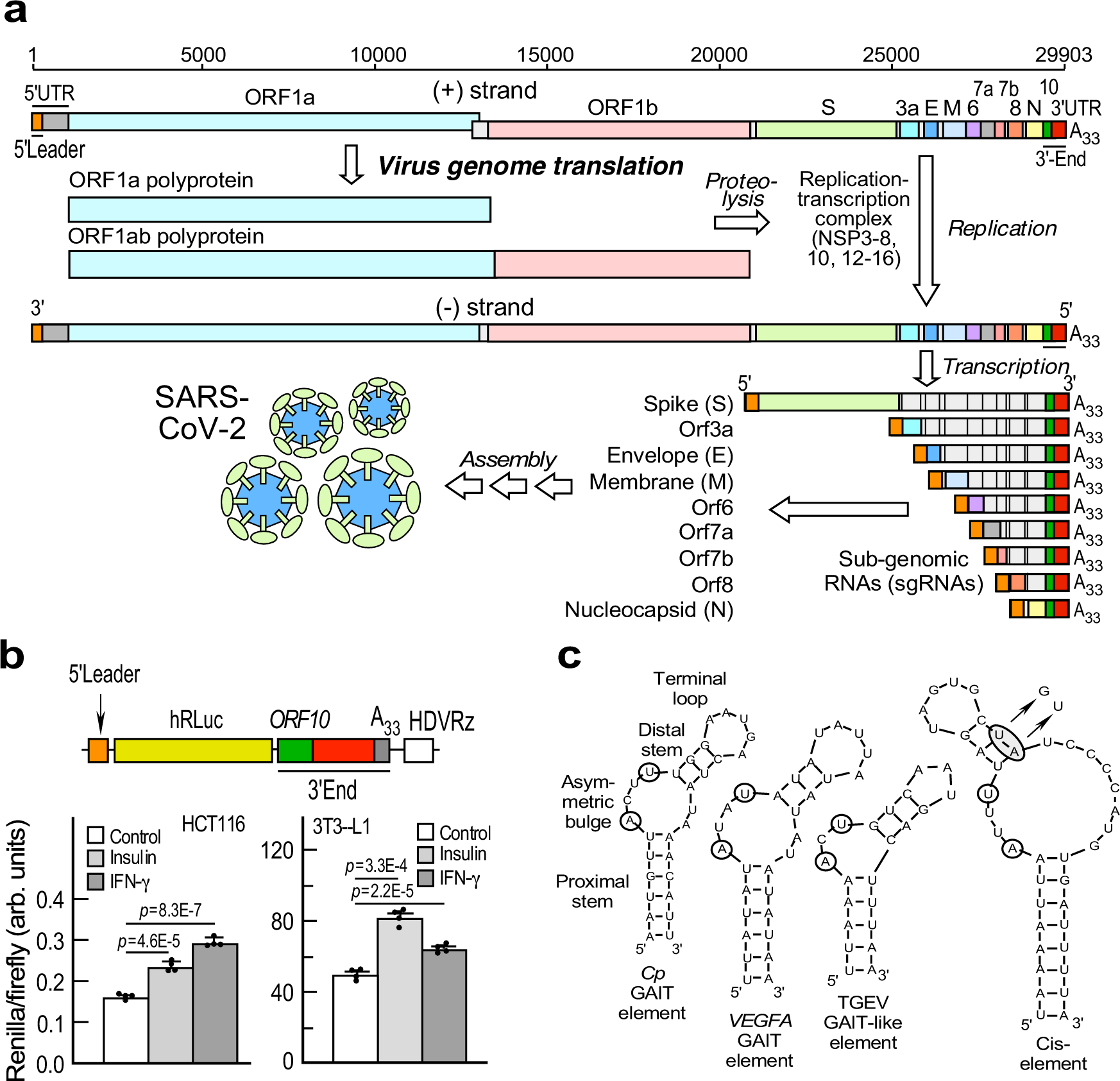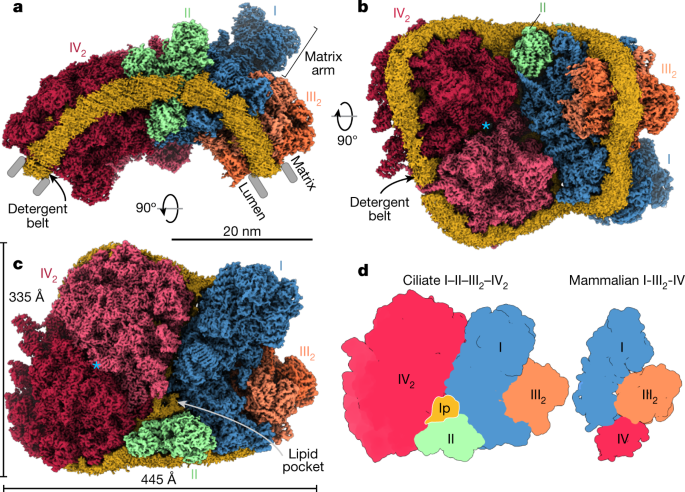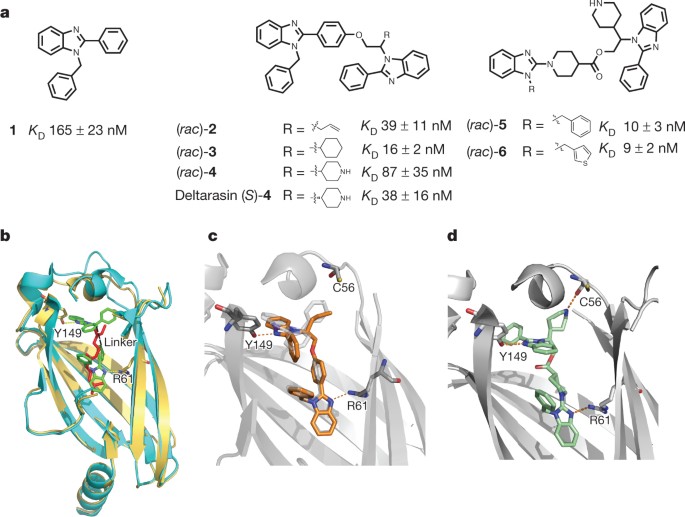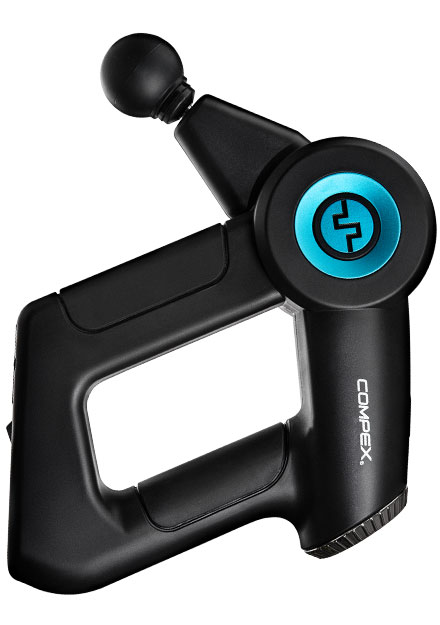
Exploration of Type II Binding Mode: A Privileged Approach for Kinase Inhibitor Focused Drug Discovery? | ACS Chemical Biology
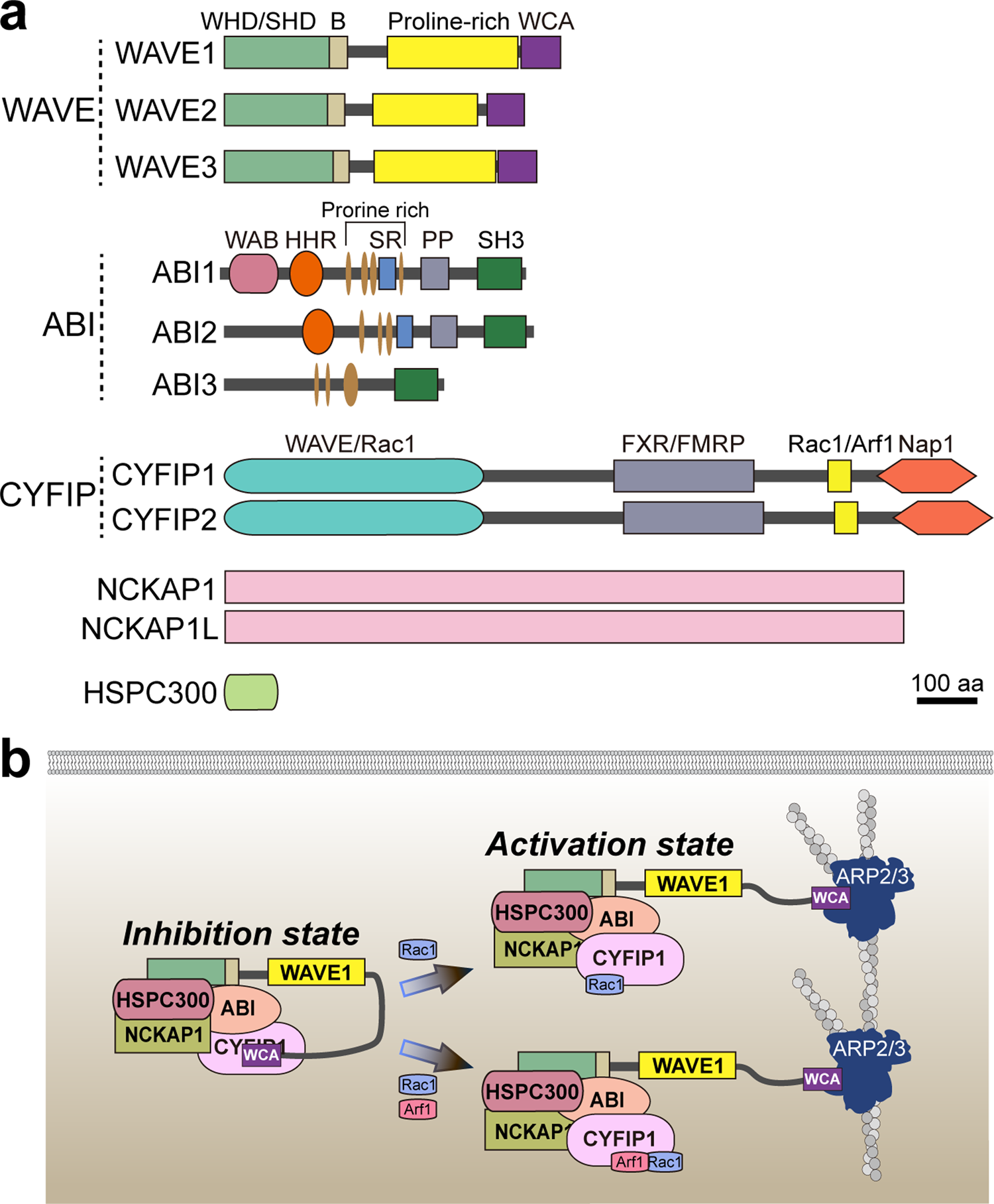
Orchestration of synaptic functions by WAVE regulatory complex-mediated actin reorganization | Experimental & Molecular Medicine
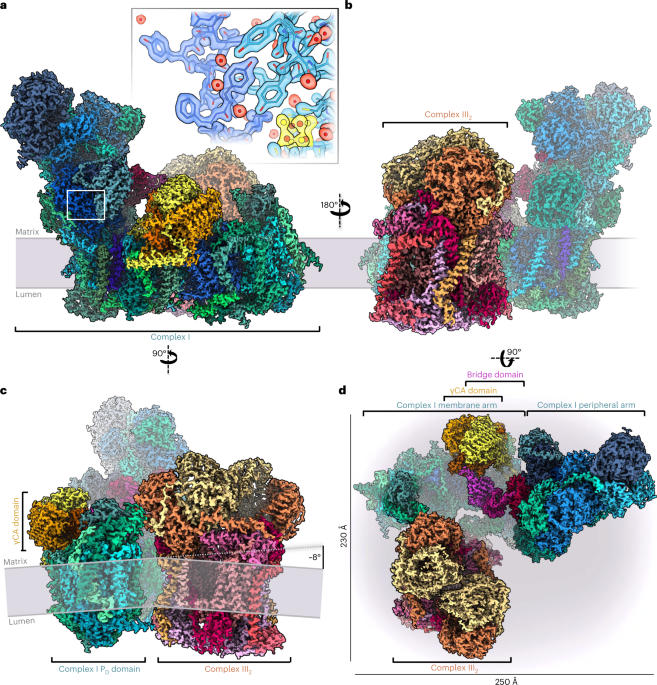
Cryo-EM structure of the respiratory I + III2 supercomplex from Arabidopsis thaliana at 2 Å resolution | Nature Plants

The binding mode of orphan glycyl-tRNA synthetase with tRNA supports the synthetase classification and reveals large domain movements | Science Advances
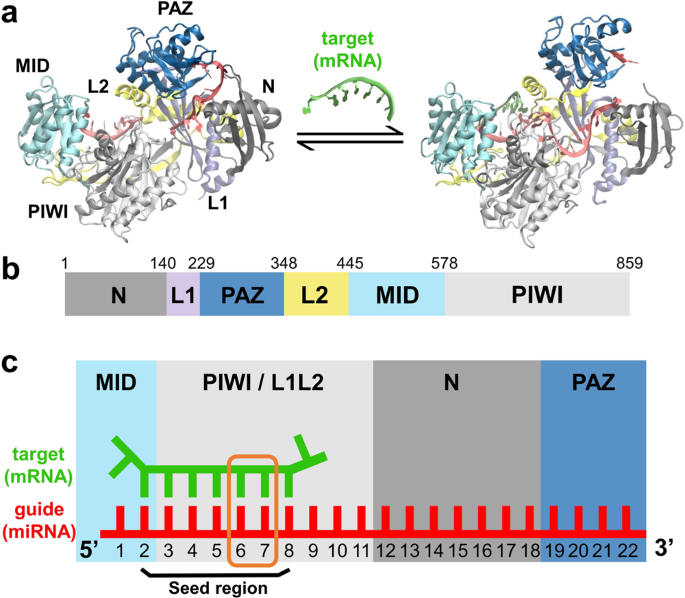
Critical role of backbone coordination in the mRNA recognition by RNA induced silencing complex | Communications Biology
